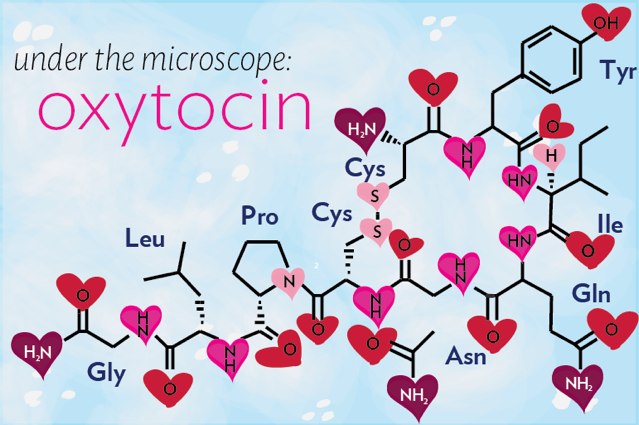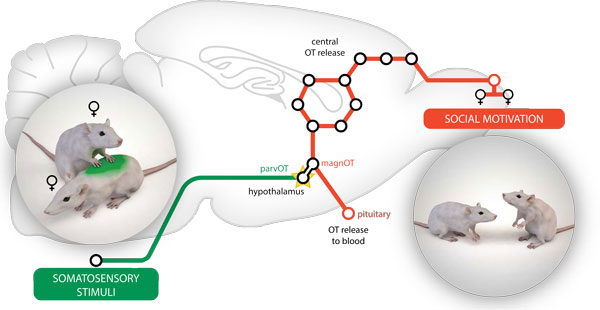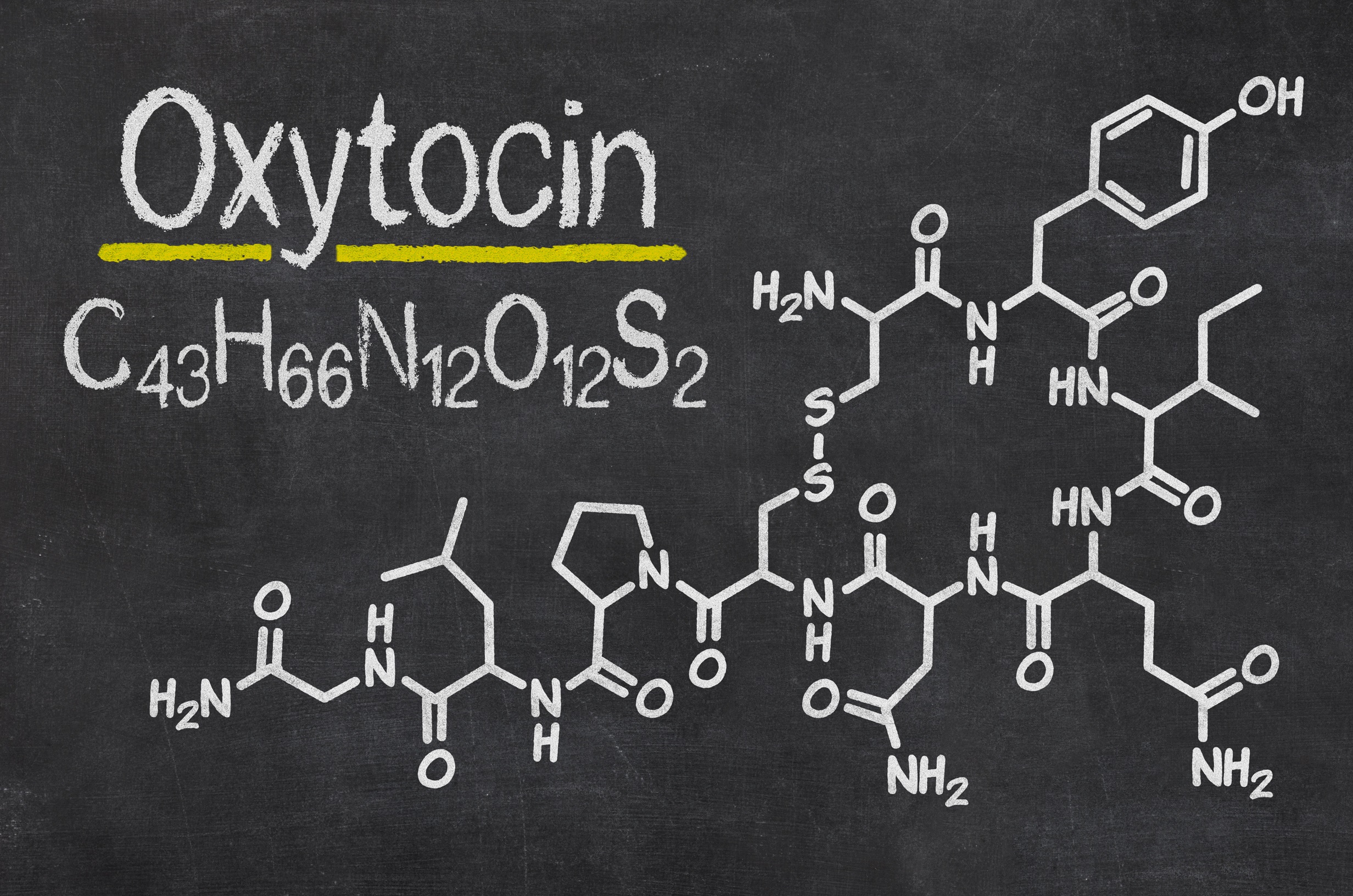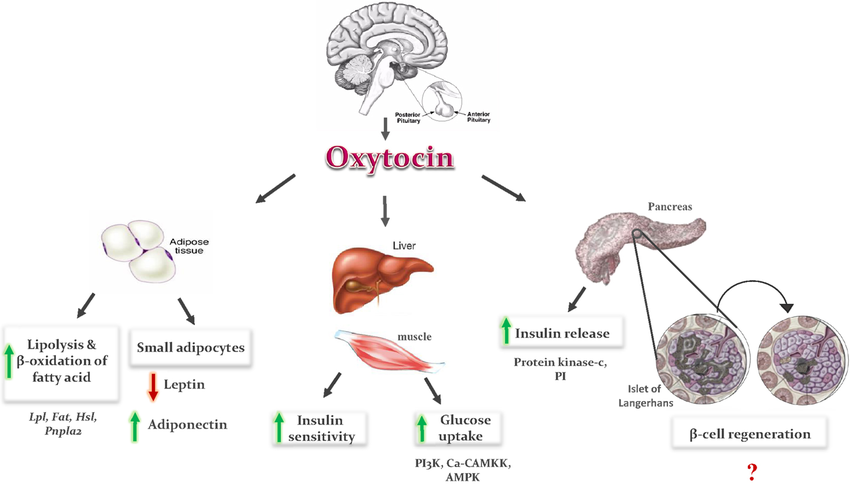Oxytocin molecule hormone tattoo chemistry ptsd autism tattoos suffering compassion enhance people amor tumblr chem affairs current stress need sott
Table of Contents
Table of Contents
Bonding with members of blended families can be a challenging task—different sets of beliefs, values, and traditions can make it hard for both the adults and the children to connect with each other. However, there is one thing that can make a significant impact in building relationships within blended families: oxytocin, commonly known as the “love hormone,” which is triggered through touch.
Building connections in blended families can be difficult; it’s a unique challenge different than other forms of connection-building. Family members may hold different beliefs and values, and blending families is a process that takes time. However, touch, and the oxytocin that it can create, can provide a transformative effect in building strong family ties.
The Target of Oxytocin and Touch as a Means of Building Connection in Blended Families
The goal of using oxytocin and touch as a means of building connection in blended families is to bring family members together by promoting a strong sense of belonging, support, and togetherness.
What is Oxytocin?
Oxytocin is a hormone that is naturally produced within the body. It is produced in both men and women and is responsible for social bonding, pleasure, and love. It is often referred to as the “love hormone” due to its ability to create feelings of closeness and intimacy between individuals.
The Role of Oxytocin in Blended Families
In blended families, oxytocin plays a significant role in creating a sense of connection and belonging. The hormone is produced when individuals engage in physical touch, such as hugging or holding hands. When family members engage in physical touch, oxytocin is released, creating feelings of happiness, trust, and comfort. This helps to build trust and security between family members, and can pave the way for a stronger family bond.
Blended Family Homeschooling
As a homeschooling mom of a blended family, the power of touch combined with education has been powerful in building connections. By providing opportunities for tactile learning experiences like cooking, gardening, and art projects, we’ve been able to build relationships in a relaxed, fun setting. For example, when we make pizza together, we’re creating something together, having fun, sharing responsibility, and making great memories. This nurturing environment is conducive to oxytocin release and has led to fantastic connections.
Activities to Promote Oxytocin and Touch in Blended Families
One way to promote oxytocin and touch within blended families is to engage in activities together, such as family game night, movie night, or cooking together. Physical touch should be a part of these activities. For example, families could start with a group hug when it’s game night, or work together holding hands while trying to make a recipe. These shared experiences can create memories and are especially powerful in creating bonds.
Question and Answer
1. Can Touch Help with Conflict Resolution in Blended Families?
Absolutely. In a situation where family members are in disagreement, physical touch can play a significant role in helping to resolve the conflict. When family members engage in physical touch, such as hugging or holding hands, oxytocin is released, creating feelings of happiness, trust, and comfort. This provides family members with the emotional support needed to work through any issues.
2. How Can We Use Oxytocin and Touch to Connect with Stepchildren?
Oxytocin and touch can create a strong connection with stepchildren. Engaging in activities together, such as cooking or gardening, can provide an opportunity for physical touch and bonding. Even small displays of affection, such as a hug or a compliment, can go a long way in creating a bond with stepchildren.
3. Is Oxytocin Only Released through Touch?
No, oxytocin can also be released through other activities, such as positive interactions and experiences. Spending quality time with family members, engaging in enjoyable activities, and laughing can all lead to oxytocin release and the formation of strong bonds.
4. How Can Oxytocin Help with Parent-Child Relationships in Blended Families?
Oxytocin plays a vital role in creating healthy parent-child relationships in blended families. When parents engage in physical touch with their children, they create a sense of trust and security, which can strengthen the bond between them. This bond can be especially important in blended families, where children may be struggling to adjust to new family dynamics.
Conclusion of Oxytocin and Touch as a Means of Building Connection in Blended Families
In conclusion, oxytocin, released through touch, is a powerful way to build connections in blended families. By engaging in physical touch, such as hugging or holding hands, blended family members can create important bonds that lead to feelings of happiness, trust, and comfort. Oxytocin provides a transformative effect in building strong family ties, and by promoting a strong sense of belonging, support, and togetherness, it can help create a blended family that is happy, healthy, and connected.
Gallery
» Human Touch And Our Internal Connection To Beauty Beauty Blog

Photo Credit by: bing.com / oxytocin hormone hug gland brain released porn ted stress pituitary beauty releases when forth author young gary wilson effects talk
Love Hormone May Enhance Compassion Of People Suffering From PTSD

Photo Credit by: bing.com / oxytocin molecule hormone tattoo chemistry ptsd autism tattoos suffering compassion enhance people amor tumblr chem affairs current stress need sott
Oxytocin Is Love - Guardian Liberty Voice

Photo Credit by: bing.com / oxytocin
Social Touch Promotes Communication Via Oxytocin | Human Frontier

Photo Credit by: bing.com / oxytocin promotes
Oxytocin During Pregnancy | Oxytocin Injection During Pregnancy

Photo Credit by: bing.com / oxytocin pregnancy



